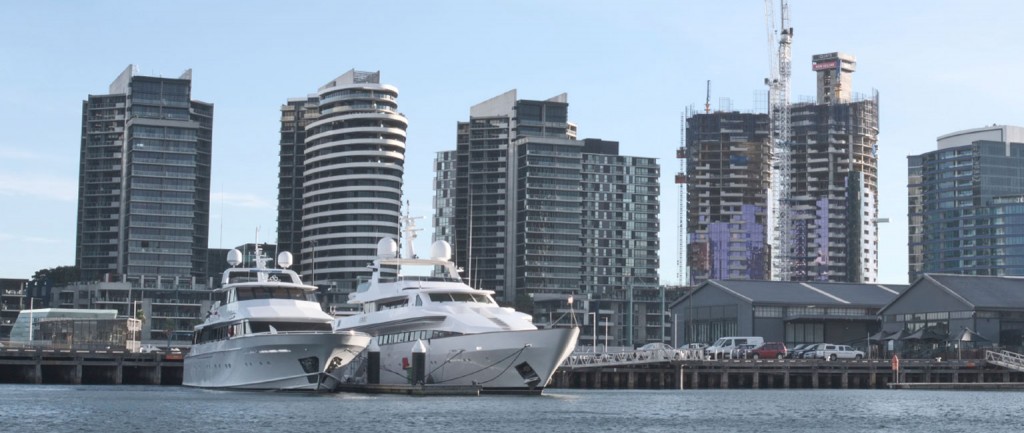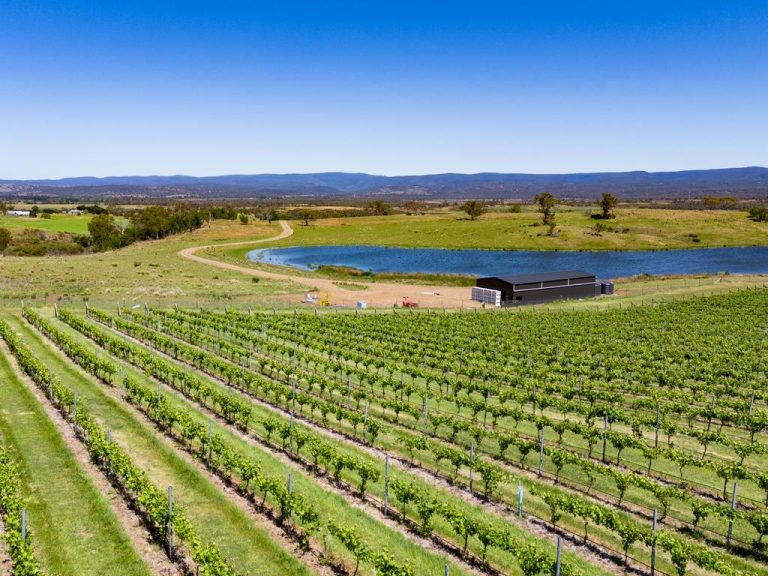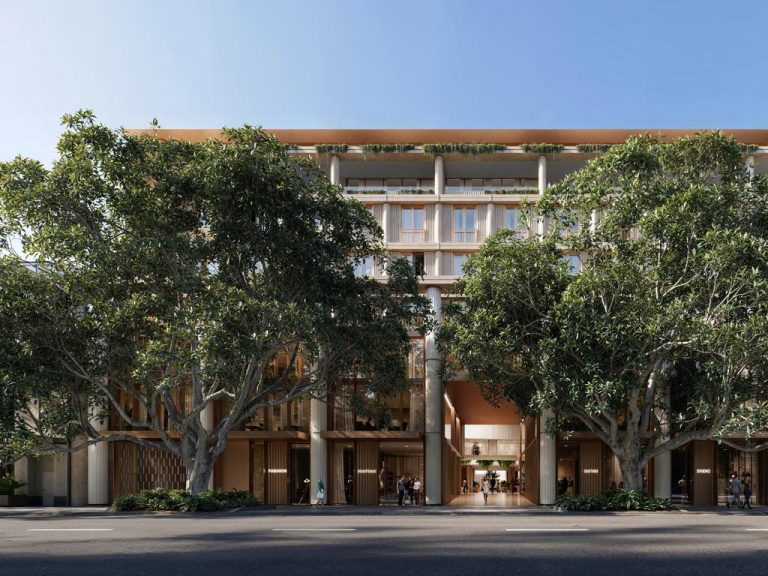Melbourne: apartment glut or high-rise haven?

Melbourne has emerged the centre of high-rise residential development, but has new supply outgrown the market? Paul Thornhill investigates.
Australian cities have some of the lowest densities in the world, but over the last 15 years, there’s been a marked increase in the building of new residential towers.
While Sydney boasts the most apartment dwellers, over the last decade, Melbourne has emerged as the king of new high rise development.
In a report released last week, Monash University’s Centre for Population and Urban Research estimates that 39,000 new apartments will be built in Melbourne in the next two years. Authors of the CPUR report, Bob Birrell and Ernest Healy, criticised the intensity of development and warned of an imminent glut of new high-rise apartments.
It’s a warning that will sound familiar to many in the industry, echoing many predictions of a looming oversupply in high-rise units made over the last ten years.
Yet that crisis has failed to materialise so far, and to date, most indicators remain favourable. There’s certainly plenty of demand for new housing with Melbourne’s population jumping by 900,000 in the last 12 years, the largest increase in Australia.
The size of that growth explains why the addition of 22,000 new apartments in the last 3 years has pushed the vacancy rate in inner Melbourne to just 4.8%; higher than the capital city average to be sure, but hardly in oversupply territory.
Asher Judah, Deputy Executive Director at the Property Council of Australia, told RealCommercial the industry isn’t concerned. “With higher immigration and locally sourced population growth, we’re witnessing an evolution of Melbourne into a more global city.”
“Demand for inner city property is multilayered, centred on the 800,000 people who work in the city and the 3 major universities located close to the CBD.”
Universities are playing a key role, attracting the fastest growing source of new residents, foreign students. Melbourne now has the third largest foreign born student population after New York and London.
Buyers have also been thick on the ground. 68% of the purchase demand for city units has come from investors, with locals taking advantage of 2007’s changes to asset rules to use self-managed super funds (SMSFs) to secure an investment seen as less volatile than the share market.
Overseas investors, principally from Asia, have also been prominent, attracted by solid capital growth returns and Australia’s reputation as a safe investment haven.
Judah points out that while apartments won’t appeal to everyone, precincts like Docklands and Fishermans Bend are becoming more attractive to families as schools and parks are established.
“I think you have to look forward 5-20 years, not 12 months and see where growth is taking us. We’re seeing evolving patterns of usage and investment returns and we’re pretty sure Melbourne’s growth will absorb new development as we move forward.”







